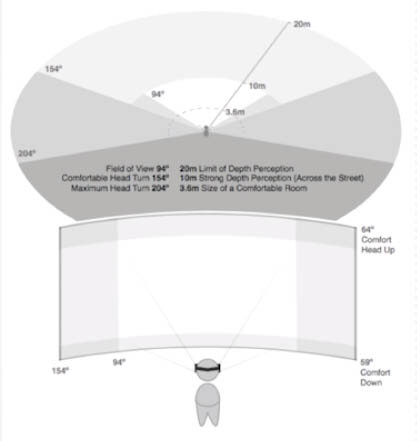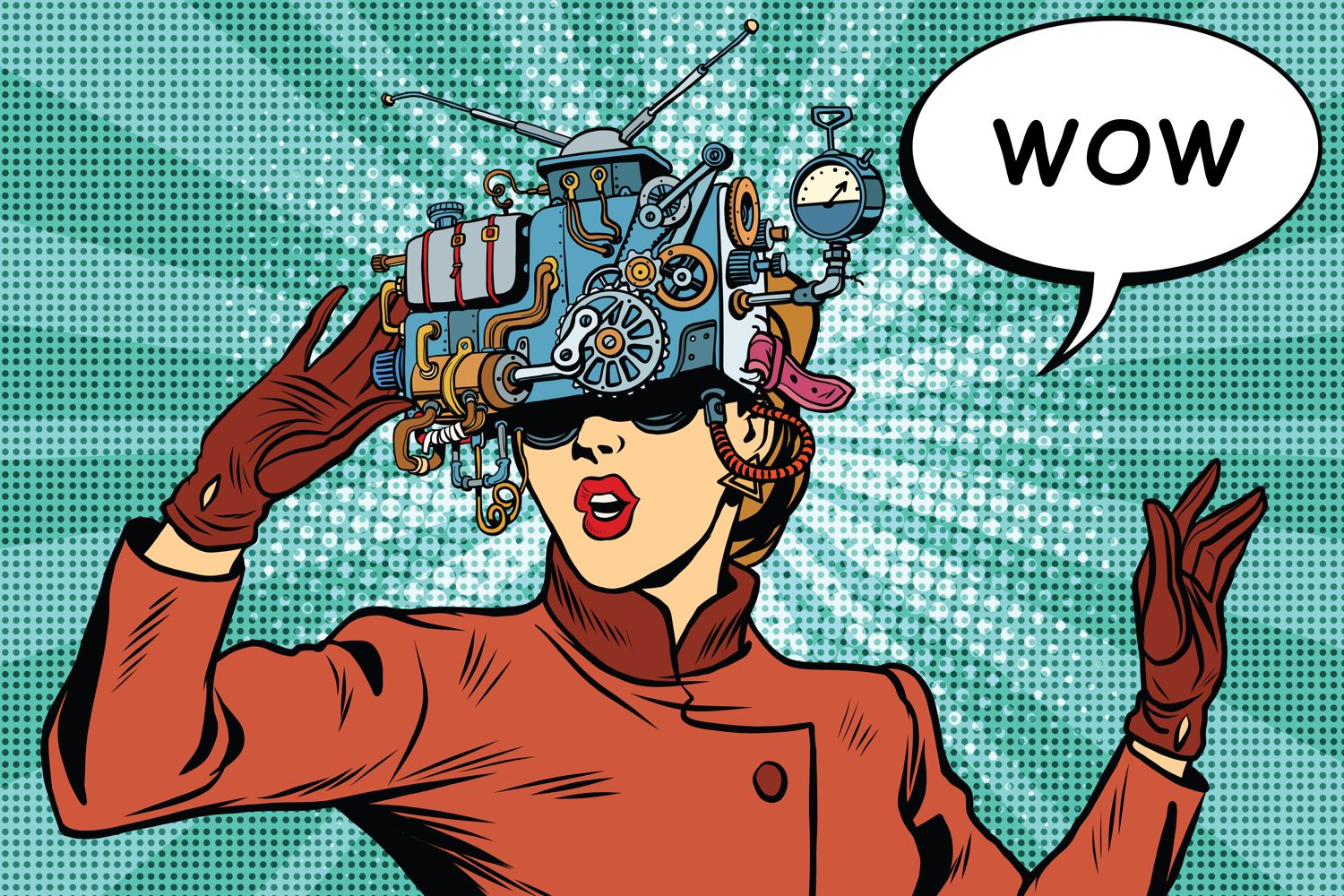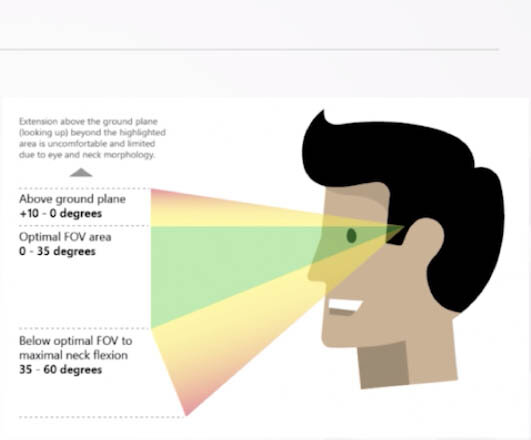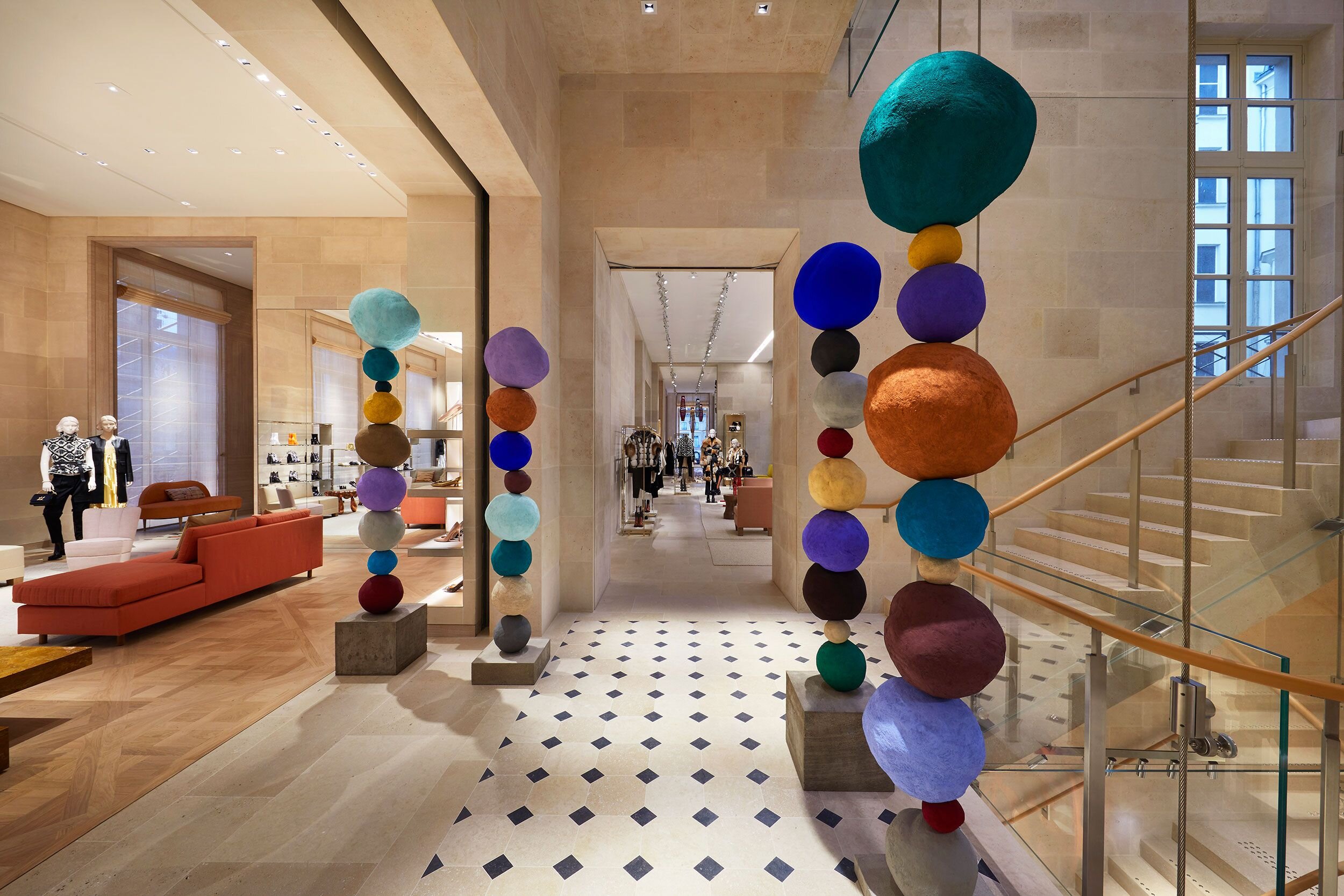Art Consultant of the Future: 3 Skills to Build Now
Last week, Culture A headed to Lisbon for Web Summit, the largest tech conference in Europe and fondly called the “Glastonbury for Geeks” by The Guardian. Think of that what you will; but for us, Web Summit is an excellent opportunity to engage with the business of tech and how it impacts our industries: art, design, and lifestyle brands. We attended talks about immersive art experiences and experiential management with experts such Mike McGee, Chief Creative Officer of Framestore and SAP’s dynamic CMO, Alicia Tillman. We also stopped by workshops around immersive storytelling, visualizing content, and the evolution of visual culture via new technologies.
At Culture A, we’re dedicated to bridging different approaches to art, tech, and design in order to develop and execute cross-disciplinary, future-forward projects. Attending Web Summit talks and activities helps us develop new outlooks. It inspires us to imagine the art consultant of the future and what skills are valuable to build now in order to evolve in the market.
3 Skills to Build Now:
Designing Art Experiences in VR, AR, and Mixed-Reality
As we move more and more towards experience in virtual environments, it’s important to learn the context of how these worlds are created and where you can fit into the overall design process. As an art consultant, your role is orchestrating the collection and installation of the best art for a client in the context of a variety of physical spaces. So start to think about how this will work in a virtual space. This could be artwork in a demo for a property developer, curating units for immersive walk-throughs with clients. Or re-imagining the storytelling of a museum collection. Developing art experiences in VR - exhibitions, games, museum tours, etc. - can maximize the distribution and democratization of art to new audiences. For a nice intro into designing for virtual worlds, check out the insightful online course by the Foundation of Interaction Design. For an idea of what’s currently in this space - and progressing it further - check out The Kremer Collection’s virtual museum and Night Cafe, inspired by one of Van Gogh’s iconic works.
Images from left to right: Netflix VR; VR Wireframe Diagram from Interaction Design Foundation; Stock illustration for Art History and VR resources; Gaze diagram for VR from Microsoft
Curating in Non-Traditional Art Environments
This stems from the first skill-set and it’s our focus at Culture A. Art isn’t only found or curated in museums, galleries, and formal public art installations. We see the trend of more brands welcoming the opportunity to collaborate with artists for permanent works, product lines, and pop-up experience designs, for example. Artwork in these settings is used to enhance brand image and experience. It’s a tool to differentiate the brand from its competitors. It’s also a powerful client engagement tool as art creates stories around the brand from new interpretations and viewpoints. As an art consultant, it’s an exciting space to re-imagine the impact of art on new audiences. What emotions do you want to drive with this art experience? How do you want the audience to feel about the brand? To successfully design and execute these projects, you’ll want to approach the work through the eyes of a curator, an interior designer, visual merchandiser, and brand strategist. Your research will dig into the mission and heritage of the brand, its marketplace, and its aesthetics in order to formulate the design of the art experience, but also create impactful briefs for the artists you will commission for the space. We love the non-traditional art curating at Art in Resonance at the Peninsula Hotel in Hong Kong and Matt Gagnon’s Light Stacks at LV’s New Bond Street Store, commissioned by Peter Marino Architect.
Images from left to right: Gábor Miklós Szőke mascot sculpture rendering for Mercedes-Benz Stadium; Annie Morris sculptures at Louis Vuitton Place Vendôme by Peter Marino Architect; Nancy Lorenz painting at Tiffany & Co. Champs Elysées; Peninsula Hotel Art in Resonance, Hong Kong
Art x AI
We’re collaborating more and more with tech tools in order to create new ideas and products. Our ability to evaluate and deploy digital info in project design has never been so accessible, but how can we evolve further? In the last few years, products with Artificial Intelligence (AI) have increased exponentially, inspiring artists and designers to utilize machine capabilities to enhance or differentiate their work. They write algorithms and use machine learning to “learn” aesthetics and design references by analyzing thousands of images and curating data-sets. In this way, AI is used as a collaborative tool - it allows artists and designers to consider new interpretations, but to also question their relationship with machines in terms of creative output. Additionally, AI-created works are infiltrating the art market. Last year, Christie’s sold the “Portrait of Edmond Belamy”, an AI artwork made from an algorithm coded in part by a group of Parisian artists. The work sold for $432,500 and caused an uproar in the art world.
At Culture A, we’re harnessing the power of AI to improve our research and brand design processes. Stay tuned for further developments….
Image: AI and art prototype tests by Culture A for upcoming project work









